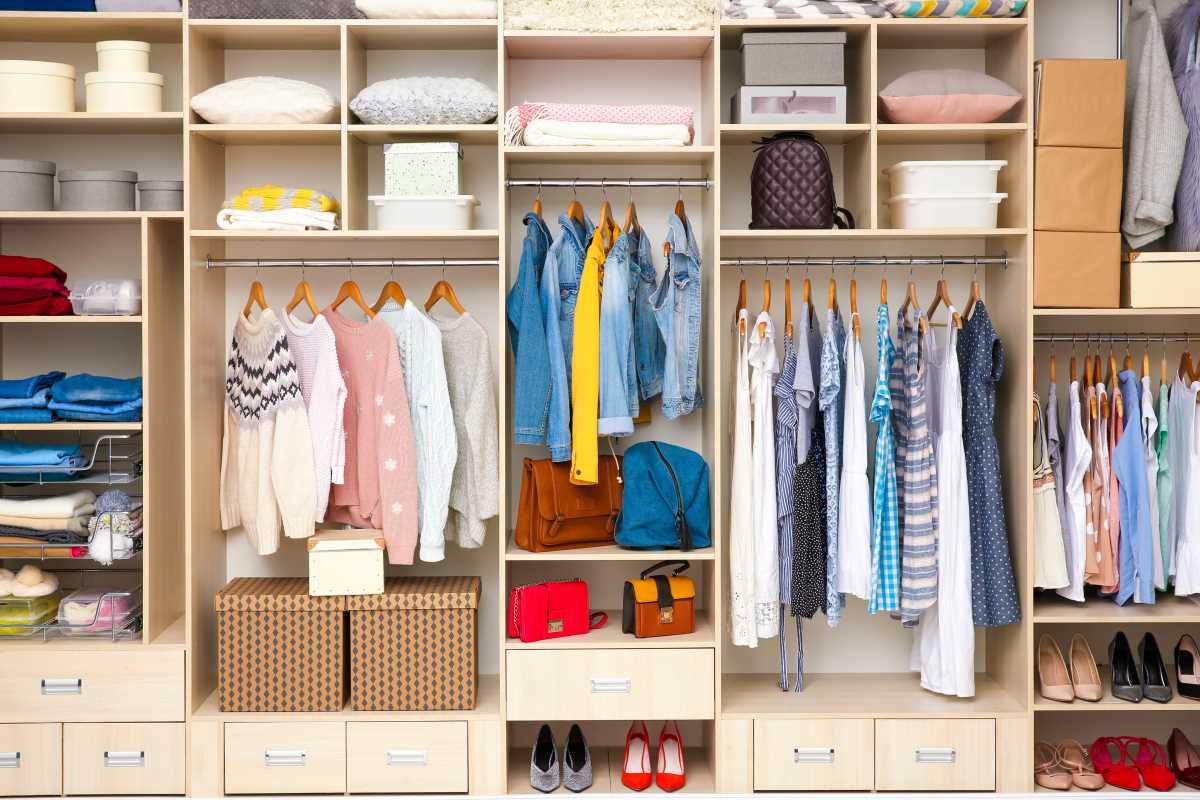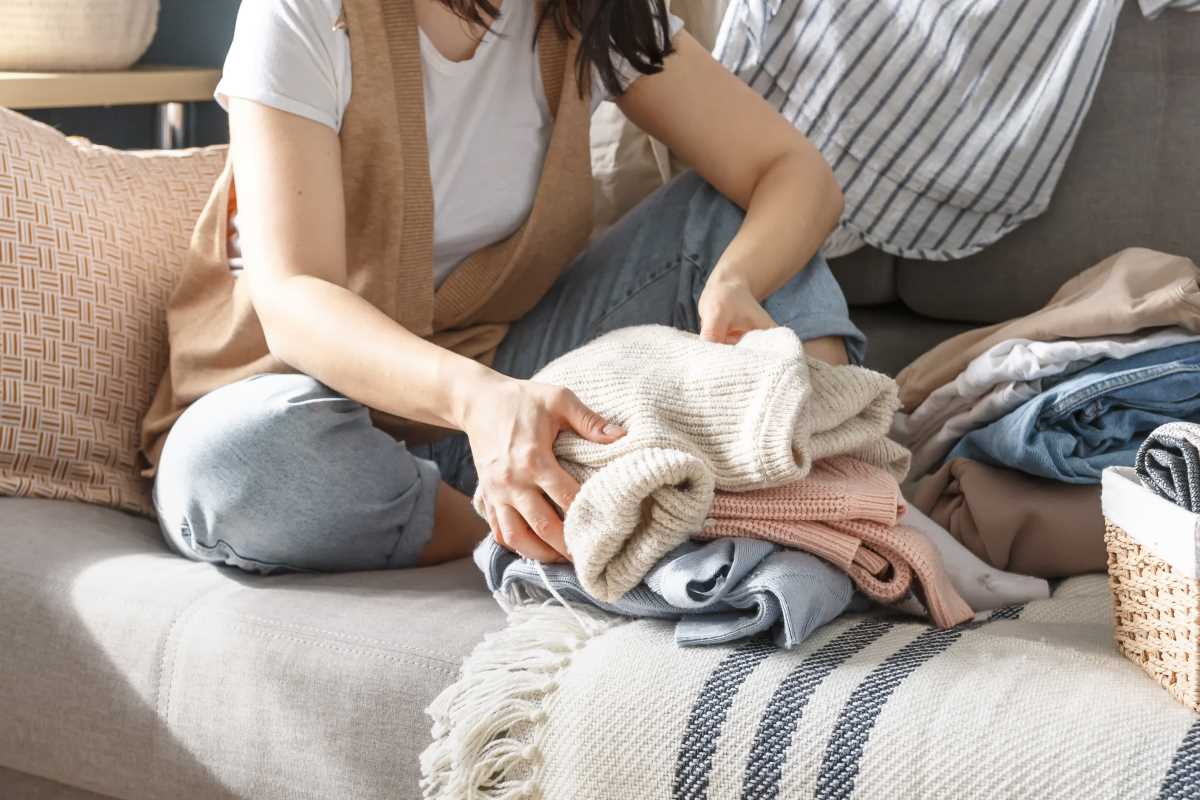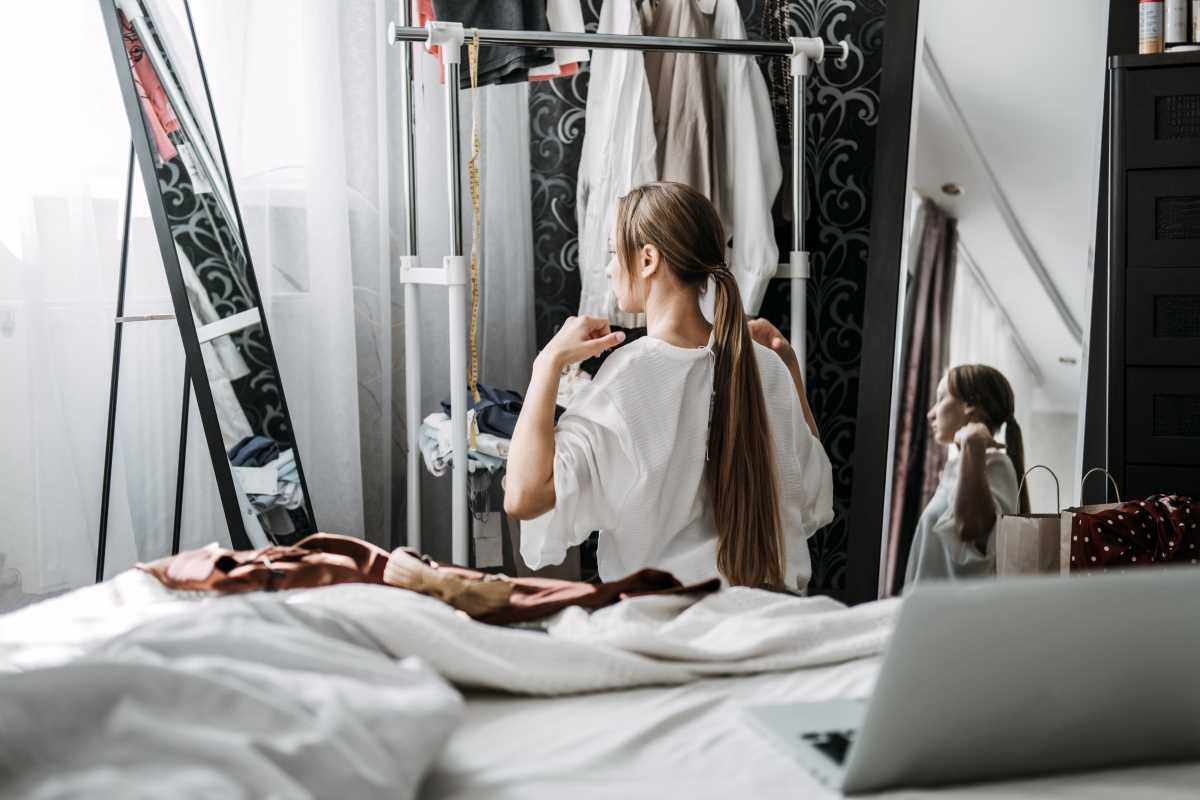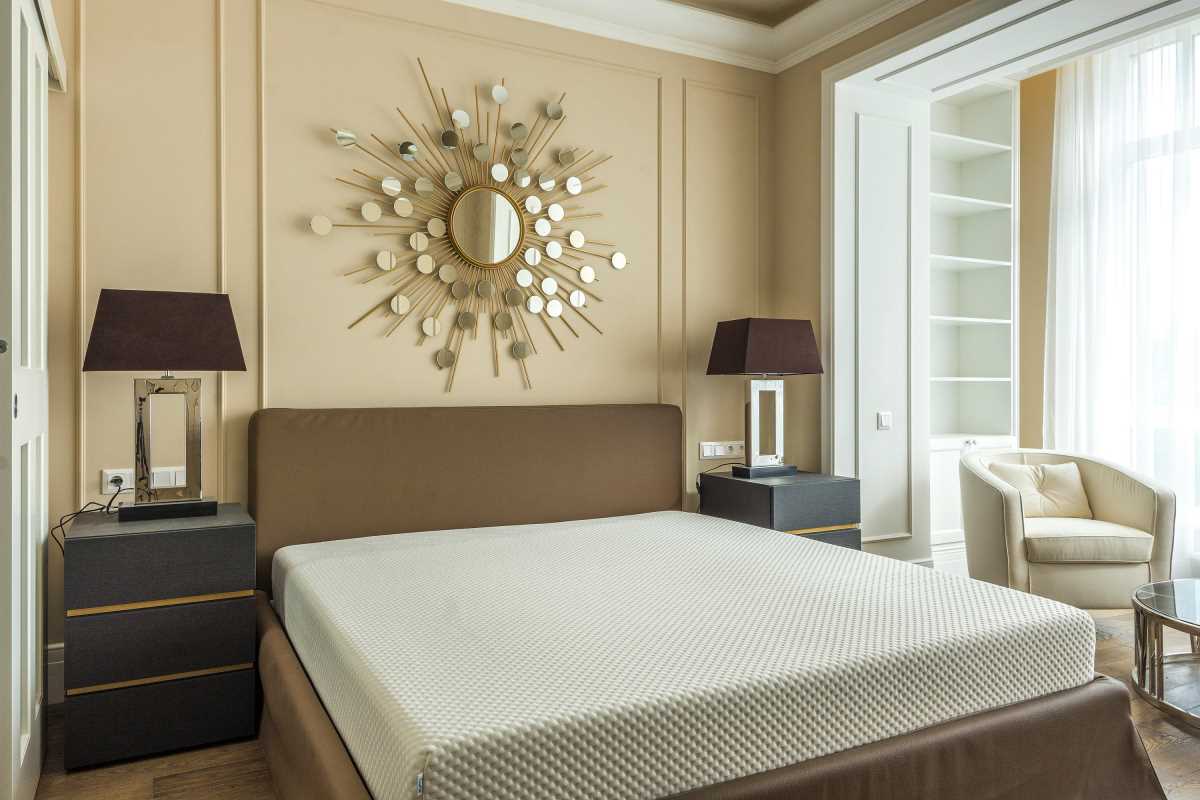Creating a tidy and welcoming room begins by choosing the right organizing tools for your needs. When you select a product that suits your space, clearing away clutter turns into a much easier process. This guide highlights six top organizers, from durable storage bins to practical labeling solutions, and shows how each one can fit seamlessly into your day-to-day activities. You will discover straightforward advice, real-life examples, and easy-to-follow instructions that help make the process of decluttering feel manageable and even enjoyable, rather than overwhelming. With these helpful resources, you can give every item a proper place and enjoy a calmer environment.
Whether you’re tackling a crowded closet, an overstuffed drawer, or random piles in the corner, these solutions work together to bring order and ease to every corner of your home. By the end, you’ll have a clear plan and the confidence to maintain a tidy setup for weeks and months to come.
Why Investing in the Right Tools Matters
Sorting belongings without appropriate containers often leads to frustration. When you lack proper homes for your items, they spill onto surfaces and end up scattered around. Choose well-designed organizers to create dedicated spots for each category, making it easier for you to find what you need.
Quality tools last longer. Instead of replacing flimsy bins every few months, pick durable pieces that withstand daily use. Spending a little more upfront saves you hours of rummaging and replacements later.
Top Storage Containers and Bins
Strong containers keep bulky items contained and out of sight. Here are three excellent options, each offering unique benefits:
- Sterilite Clear Storage Bin
- Features: Transparent walls, snap-on lid, stackable design.
- Pros: Easily identify contents, secure closure, versatile sizes.
- Cons: Plastic can scratch over time if overloaded.
- IKEA SAMLA Box
- Features: Opaque build, integrated label slot, ergonomic handles.
- Pros: Easy to carry, budget-friendly, label holder keeps tags neat.
- Cons: Opaque sides hide contents—best for grouped items.
- The Container Store Weathertight Tote
- Features: Sealed lid, moisture barrier, heavy-duty plastic.
- Pros: Perfect for seasonal storage, protects against moisture, sturdy walls.
- Cons: Bulkier than standard bins; requires larger storage space.
Mini Scenario: In a guest room closet, place three clear bins each labeled “Towels,” “Extra Linens,” and “Blankets.” This instantly frees up the top shelf for occasional décor items while keeping essentials visible.
Space-Saving Drawer Dividers
Drawers often become catch-all spots for odd socks, kitchen utensils, or stationery. Dividers break sprawls into neat compartments, so each category stays organized. Adjustable dividers slide to fit your drawer’s width and stay firmly in place under pressure.
Practical Tip: Measure your drawer’s dimensions and order dividers that expand one inch wider. Install them upright to create invisible barriers. Place pens, utensils, or accessories into each section, and you’ll never lose a spatula at the bottom again.
Multi-Purpose Hanging Organizers
Walls and closet rods are often underused vertical spaces. Hanging organizers attach easily and give shoes, accessories, or cleaning supplies a dedicated spot. You’ll reclaim shelf and floor space at the same time.
- Choose a sturdy hanger rod or hook system rated for the weight you need—some models hold up to 20 pounds per pocket.
- Hang the organizer so its pockets align with items’ heights. For example, place two rows of shallow pockets at eye level for sunglasses and wallets.
- Group similar items in adjacent pockets to make retrieval easier. Store hairbrushes and styling products together, and separate seasonal scarves into a few deeper slots.
- Rotate items regularly: swap winter gloves for summer hats when the season changes, keeping the display fresh and functional.
Mini Scenario: In a laundry room, hang a 10-pocket fabric organizer on the door. Assign a pocket each to stain remover, dryer sheets, clothespins, and spare change found in pockets—no more tiny items lost in the wash.
Labeling Solutions for Quick Identification
Labels connect stored items with quick recognition. Clear tags make it simple to find what you need without opening every box. Here are some top labeling options:
- Brother P-touch Label Maker
- Features: Multiple fonts and symbols, battery or USB powered, durable tape.
- Pros: Custom styles, smudge-proof, laminated labels resist wear.
- Cons: Tape refills add to the cost.
- Avery Write-On Label Sheets
- Features: Adhesive-backed paper, grid layout, compatible with standard printers.
- Pros: Affordable packs, printable in bulk, easy peel-and-stick.
- Cons: Less water-resistant than laminated options.
- Command Clear Label Clips
- Features: Reusable frames with removable adhesive clips, see-through window.
- Pros: No damage to surfaces, repositionable, fit shelves and bins.
- Cons: Suitable only for lightweight labels.
Mini Scenario: On a top kitchen shelf, attach clear label clips indicating “Bulk Rice,” “Flour & Sugar,” and “Pasta.” You’ll breeze through meal prep without guessing which bin holds the right ingredient.
Maintaining Your Decluttered Space
Organizing once doesn’t suffice; you need small routines to keep everything in order. Spend just five minutes each evening returning items to their zones. This quick reset prevents clutter from building up again.
Set a monthly reminder to review containers and donate unused items. If you haven’t opened a bin in three months, ask yourself if its contents still deserve prime real estate. Letting go keeps your system lean and functional.
Use your toolkit, including OrganizePro and ClearSpace, to start decluttering a small area. Experience the relief and motivation to continue organizing other spaces.
 (Image via
(Image via





